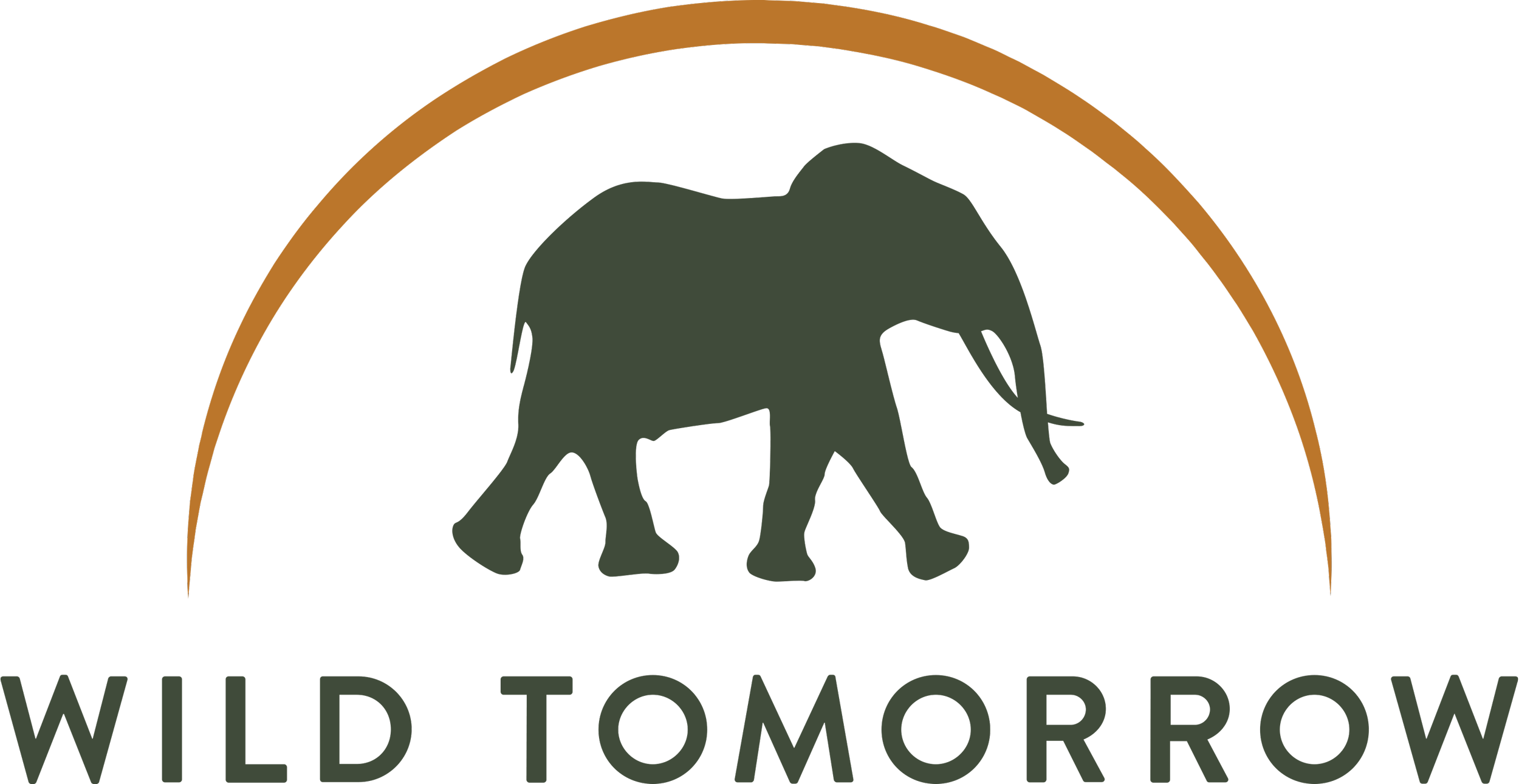NETFLIX'S 'DAVID ATTENBOROUGH: A LIFE ON OUR PLANET' IS A MUST WATCH
At 93 years old, David Attenborough’s 2020 film, A Life on Our Planet, is his witness statement of the Earth’s global decline in a single lifetime. He recounts his life on Earth, paralleled to the natural life on Earth.
His message is more important now than ever, and we encourage all of our friends and supporters to watch this film if you haven’t already.
Naturalist David Attenborough at the start of new film, ‘David Attenborough: A Life on Our Planet’ Credit: Netflix
We all know and recognize David Attenborough’s soothing voice behind almost every BBC nature documentary or series we’ve seen throughout the years. He has spent a lifetime exploring the living world and sharing it with us so concisely - from Planet Earth, Blue Planet, Frozen Earth and countless others. His most recent film (streaming on Netflix), released in October 2020, is his way of sharing the destruction of the natural world he has witnessed firsthand throughout his life.
A young David Attenborough amongst gorillas in Central Africa. Credit: Netflix
David says “the world is not as wild as it was”, recounting his time as a natural explorer noting that since he started filming the natural world in the 1950’s, wild animal populations have more than halved. Figures of World Population, Carbon in the Atmosphere, and Remaining Wilderness are a common theme throughout the film starting in 1937 (when David was a young boy at 10 years old) through 2020 (present day).
1937
WORLD POPULATION: 2.3 Billion
CARBON DIOXIDE IN THE ATMOSPHERE: 280 Parts Per Million*(see note below)
REMAINING WILDERNESS: 66%
2020
WORLD POPULATION: 7.8 Billion
CARBON DIOXIDE IN THE ATMOSPHERE: 415 Parts Per Million
REMAINING WILDERNESS: 35%
As made evident by these figures, the most widespread and dominant species of animal on earth (human beings), are overrunning the world at a devastating rate. Population is rising at an exponential rate and bringing with it an increase in carbon in the atmosphere and a decrease in remaining wilderness. If we do not do anything and continue to let more carbon into the atmosphere and leave less wild space, we will near a sixth mass extinction much sooner than we think.
It is in the best interest of our grandkids, our children, ourselves, and our planet, to take care of nature. As David Attenborough so simply and perfectly says,
““If we take care of nature, nature will take care of us”.”
Wild Tomorrow Fund is proud to work on the ground in KwaZulu-Natal protecting habitat and with that, its biodiversity. Our two conservancies, Ukuwela and Mfuleni, are in a biodiversity hotspot meaning that it is both rich with life and at high risk for destruction. To restore stability to our planet, we must restore its biodiversity. One hopeful action we are doing to restore the biodiversity of our region is actively rewilding our reserve with giraffe, zebra, wildebeest and more species that used to naturally occur here. See a highlight video below.
We would like to think that David Attenborough would be proud of our work on behalf of the wild places in South Africa, as well as for the future of our planet and with that, humankind. But our work alone will not save the world. A wonderful African proverb states, “If you want to go fast, go alone. If you want to go far, go together.” It is important for us, all of humanity, to work together to save our planet Earth to prevent what is inevitably coming.
Fundamental and more sustainable changes need to be made everywhere from the government level to the individual level. It is not just about saving the planet; it is about saving ourselves.
REFERENCES
Attenborough, D. (2020). A Life on our Planet: My Witness Statement and a Vision for the Future. Great Britian: Witness Books.
* Note that the ppm carbon dioxide levels referenced in A Life on our Planet, are from the Mauna Loa Observatory, which began recording data in 1959. Ice core data approximates the CO2 levels as 310.6 in 1937 (not 280).


